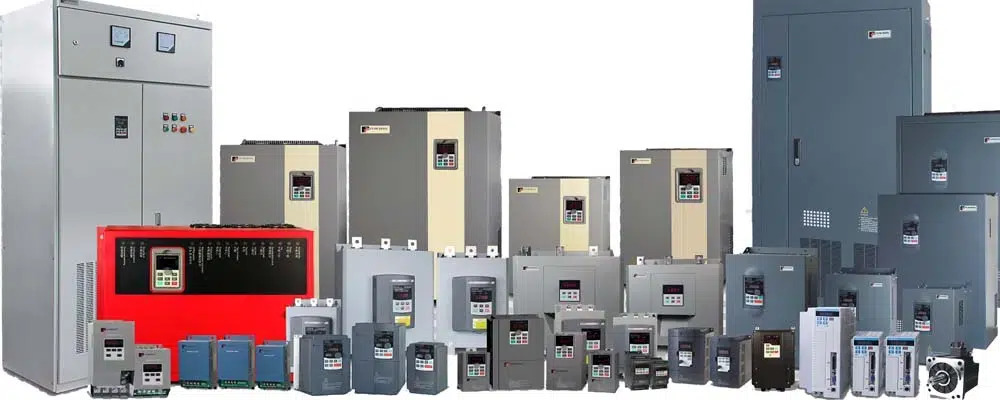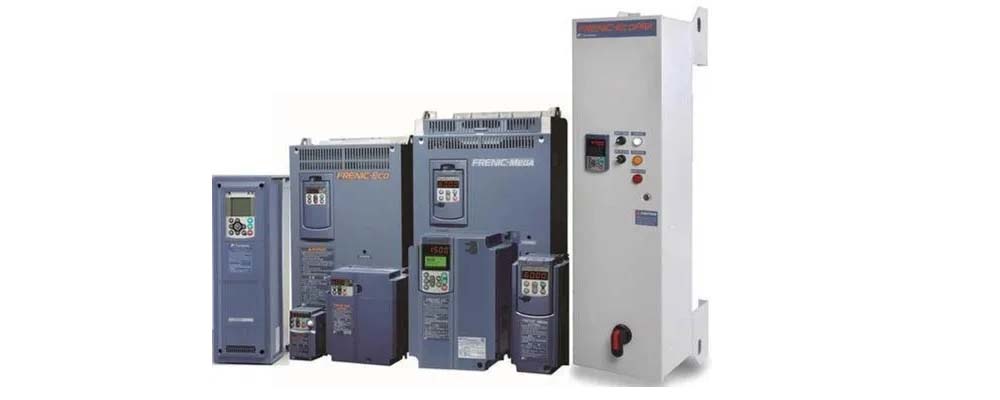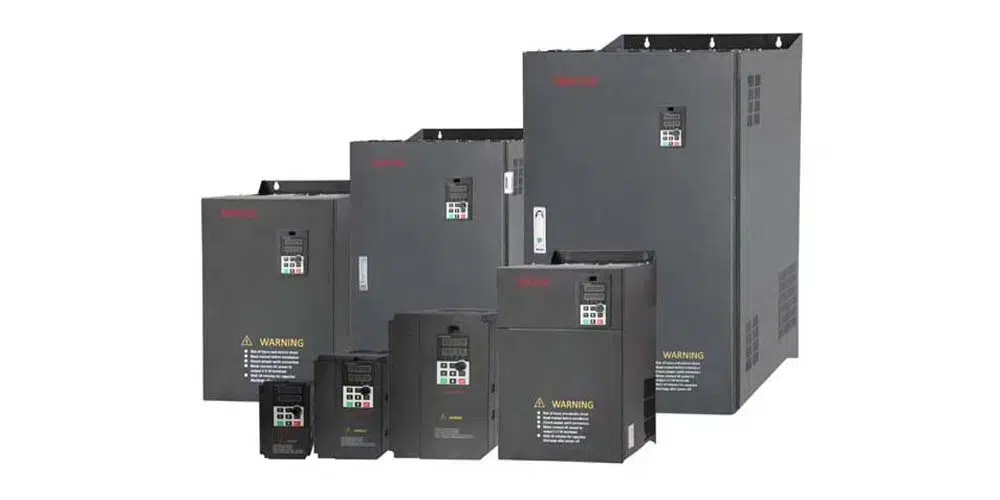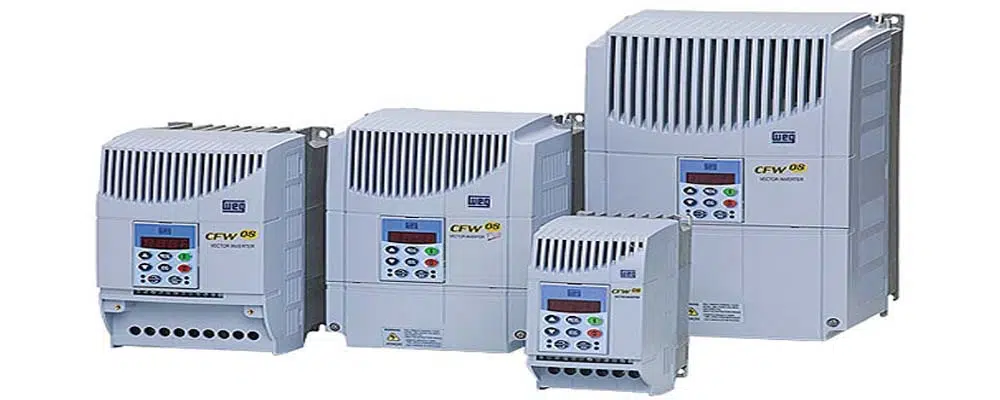What is the Difference Between a VSD and a VFD
Today, we’re venturing into the fascinating world of Variable Speed Drives (VSDs) and Variable Frequency Drives (VFDs). They play critical roles in a variety of industries.
Variable Frequency Drives (VFDs) and Variable Speed Drives (VSDs) both manage how fast a motor spins. VFDs adjust the electricity’s strength and rate to change speed, while VSDs change the speed of the electricity itself. These different approaches affect their energy use and control over motor power.
Both are amazing technologies that control motor speed. But do you know how they differ? Or when to use which? This discussion is for anyone who’s wondered about these questions.
Stay with us as we explore and Solve the Complicated details Difference Between VSD and VFD Let’s get started!
Variable Speed Drives
How Does a VSD Work?
A Variable Speed Drive (VSD) controls the speed and torque of an electric motor. A VSD adjusts frequency and voltage to control motor speed precisely.
AC power is converted to DC and adjusted for variable frequency output. VSDs regulate motor speed, optimizing energy use and improving efficiency.
Types of VSD
There are several types of VSD drives commonly used in various applications:
Voltage Source Inverter (VSI): A Voltage Source Inverter VSD converts DC power to adjustable AC voltage and frequency. It is widely used in industrial and commercial sectors.
Current Source Inverter (CSI): In a CSI, the energy source is a current-regulated DC bus. DC power is converted to variable frequency AC for precise motor speed control.
Pulse Width Modulation (PWM) Drive: This type of VSD uses a combination of voltage and frequency control to adjust the motor speed. Voltage pulse width modulation regulates the average voltage for motor control.
Direct Torque Control (DTC): DTC drives provide precise and rapid control over motor speed and torque. Advanced algorithms enable direct control of motor flux and torque, ensuring dynamic performance.
Vector Control Drive: Vector control drives use math models for precise motor speed and torque control. They are particularly suitable for applications requiring high-performance control.
Sensorless Control Drive: These VSDs operate without the need for external sensors to measure motor speed. Instead, they use advanced algorithms and models to estimate and control the motor parameters, simplifying installation and reducing costs.
VSD Components
A VSD consists of several main components that work together to control motor speed:
Power Conversion System: It converts AC power to DC and generates adjustable frequency AC for motor operation.
Control Circuit: The control circuit regulates motor parameters for precise control and operation.
Gate Driver Circuit: The gate driver circuit controls power flow using semiconductor devices like IGBTs.
DC Bus: The DC bus acts as an energy storage element, providing a stable source of DC power for the VSD. It absorbs and stores excess energy during deceleration and releases it during acceleration.
Motor: The motor is the mechanical component that converts electrical energy into rotational motion. It receives the adjusted frequency and voltage from the VSD, resulting in the desired motor speed and torque.
VSD Pumps: How Do They Work?
VSD pumps adjust motor speed to control pump flow and pressure. By using a VSD, the speed of the electric motor driving the pump can be precisely controlled. The pump operates at different speeds, adjusting output to match system needs. VSD increases motor speed for higher flow rates and decreases for lower.
Motor speed control improves energy efficiency, increases pump lifespan, and meets system needs. VSD pumps find applications in HVAC, water treatment, industrial processes, and irrigation. They offer flexibility, energy savings, and reliable performance in dynamic operating conditions.
VSD Operation
The operation of a VSD drive involves several key steps:
Input Monitoring: The VSD drive monitors the input power supply, which is typically AC voltage, to ensure it is within the acceptable range for operation.
Conversion to DC: The incoming AC power is converted to DC power using rectifier circuits. This conversion allows for further control and adjustment of the power supply.
DC Bus Filtering: DC power is filtered and smoothed to remove noise and voltage fluctuations, ensuring stability.
Inverter Stage: The DC power is fed into the inverter stage, where it is converted back to AC power with adjustable frequency and voltage.
Motor Control: VSD drive receives input signals for desired speed or torque. Control algorithms adjust the frequency and voltage for the motor accordingly.
Feedback Loop: VSD drive monitors motor performance with speed and current sensors for feedback. This feedback allows for real-time adjustments to maintain the desired motor operation.
Protection Features: VSD drives have protection features for overcurrent and overvoltage to safeguard the use of the motor and drive.
VSD Applications
VSDs, or Variable Speed Drives, find extensive applications across multiple industries and systems. They offer energy-saving benefits, precise control, and improved efficiency.
HVAC Systems: VSDs regulate pump, fan, and compressor speeds in HVAC systems for optimal performance. They ensure energy efficiency in heating, ventilation, and air conditioning applications.
Pumps and Water Systems: VSDs are used in water treatment plants, irrigation systems, and wastewater management. They control motor speed for efficient water-related processes. VSDs match pump speed to flow rates and pressure demands. They save energy and reduce water wastage.
Conveyor Systems: VSDs adjust motor speed in conveyor belts and material handling systems. They enable precise control in transporting goods or materials.
Industrial Processes: VSDs are crucial in industrial processes like manufacturing, mining, and chemical processing. They regulate motor speed and torque for improved production efficiency and energy savings.
Renewable Energy Systems: VSDs contribute to efficient operation and optimal energy generation. VSDs match generator or converter speed to varying wind or solar conditions. They maximize energy capture and enhance system efficiency.
Machine Tools: VSDs are utilized in machine tools like lathes, milling machines, and CNC equipment. It enables precise control of motor speed and torque in machining operations. They ensure accuracy and efficiency in machining processes.
Variable Frequency Drives (VFDs)
Understanding VFD
Now, let’s switch gears to VFDs. They control motor speed too. The trick? They change the frequency of the electrical supply. Sounds familiar, doesn’t it?
ASD vs VFD
Now, let’s clear the confusion between VFDs and adjustable speed drives (ASDs). While both control motor speed, they do it in different ways. ASDs adjust speed mechanically or electrically, while VFDs alter electrical frequency.
VSD vs VFD
Is VFD and VSD Same?
It’s easy to mix up VSDs and VFDs. They do similar jobs. But remember, a VSD changes the power supply frequency, while a VFD adjusts the electrical frequency.
VFD, AC Drive, and Variable Speed Drive
Let’s add another term to the mix: AC drives. These are just another name for VFDs. Variable Frequency Drive & AC Drives, VSDs – three names, two concepts.
More About VSD
Can any DC motor be variable speed?
Can a VSD work with a DC motor? Technically, no. VSDs control AC motors. DC motors need a different kind of drive.
How do I choose a VSD?
To pick a suitable Variable Speed Drive (VSD), know your motor size and load power. Also, check if the drive matches the power supply and can work in your setting. Look at control features and any special needs your work might have.
What is the torque control on a VSD?
Torque control is a cool feature of VSDs. It allows precise speed and acceleration control. It’s like having a fine-tuning knob for your motor.
Is an inverter the same as a VFD?
Is a VSD the same as an inverter? Not quite. An inverter is part of a VSD. It’s the component that changes DC power to AC.
Conclusion
In essence, Difference Between VSD and VFD are both crucial in controlling motor speed. They have their unique applications and advantages.
VSDs are versatile, great for applications needing frequent starts and stops. On the other hand, VFDs shine when you require constant variations in motor speed.
Although similar, remember, they aren’t identical. VFDs modify frequency, while VSDs regulate voltage and frequency.
In selecting between them, always consider your specific needs. This understanding will ensure you pick the right technology for your application.
Thanks for joining this discussion. We hope it helped in understanding the differences between VSDs and VFDs. Happy exploring!






